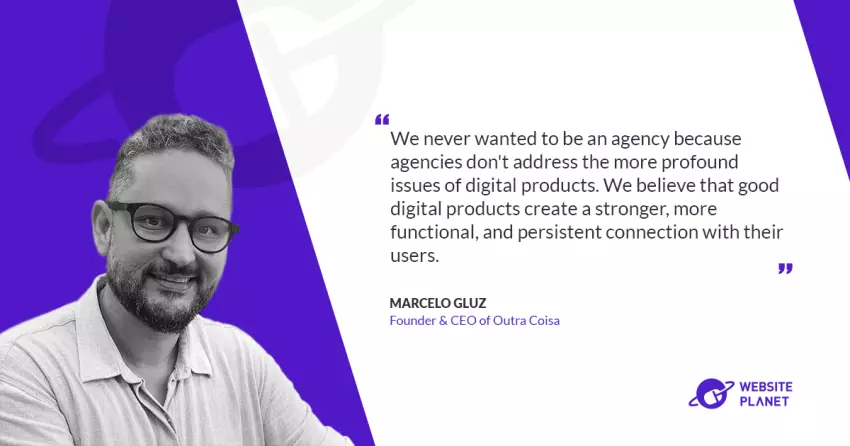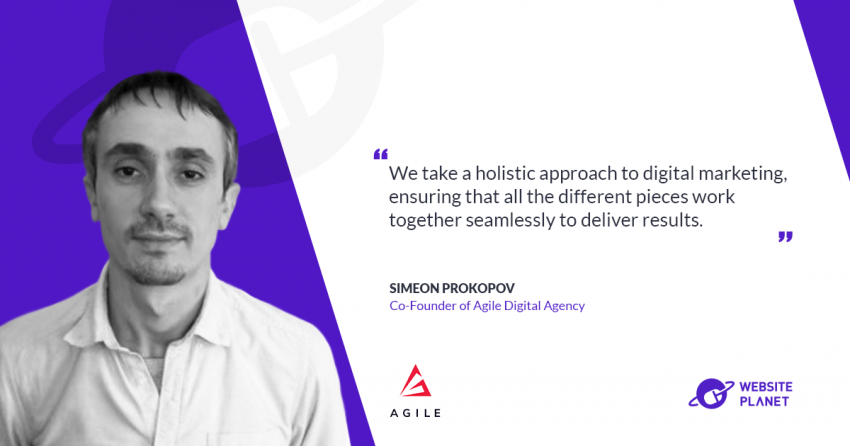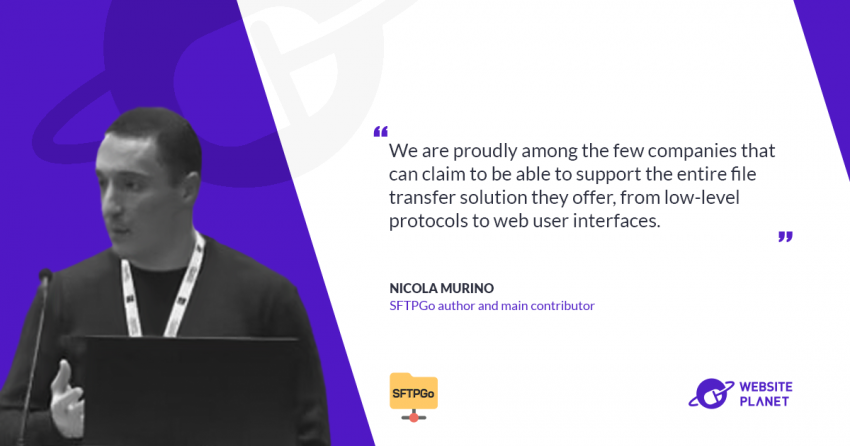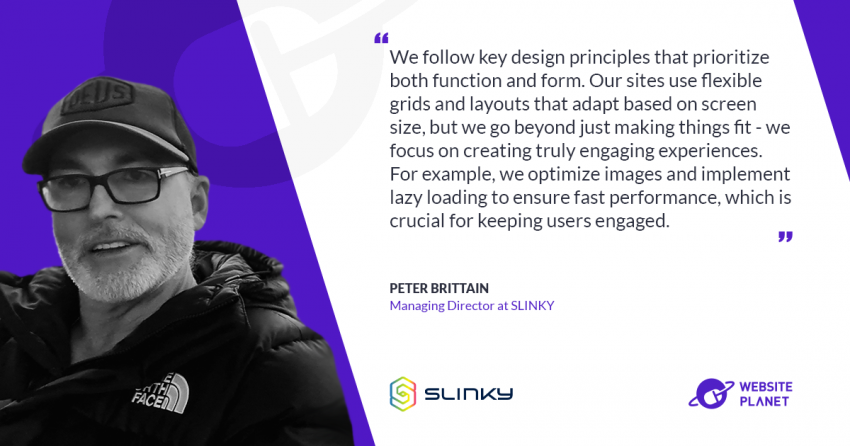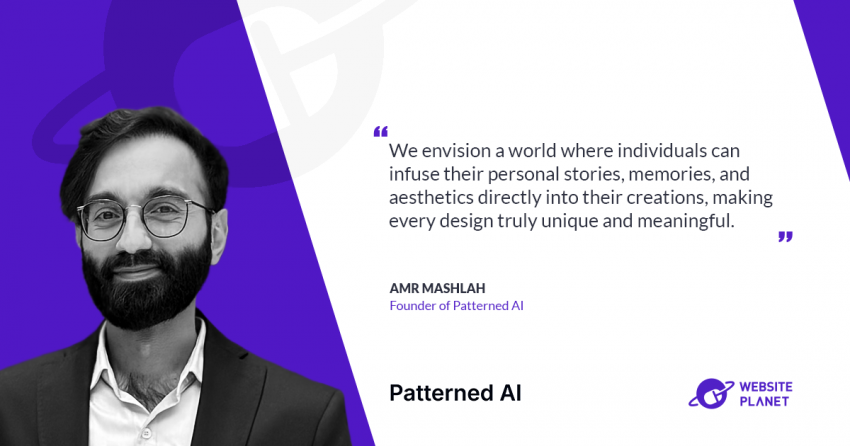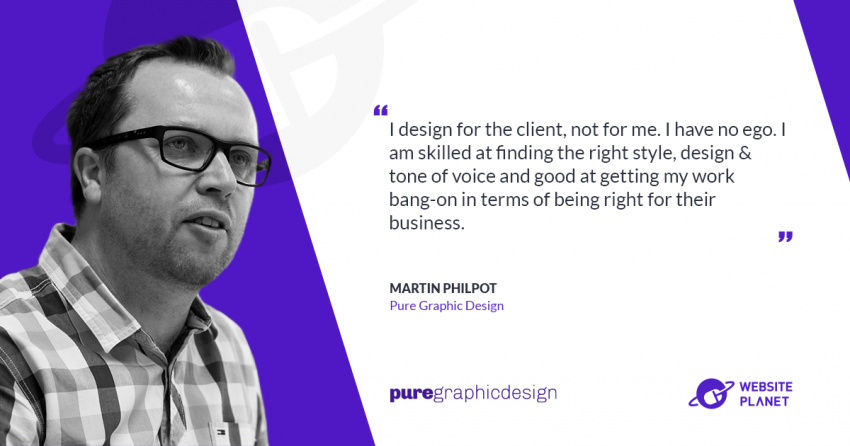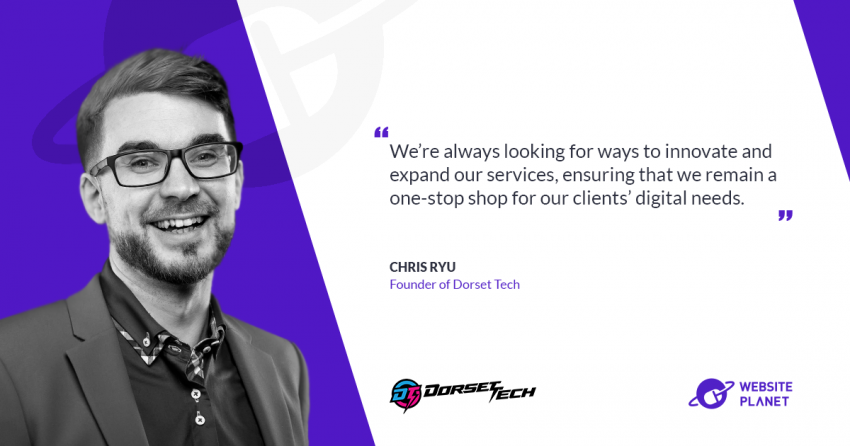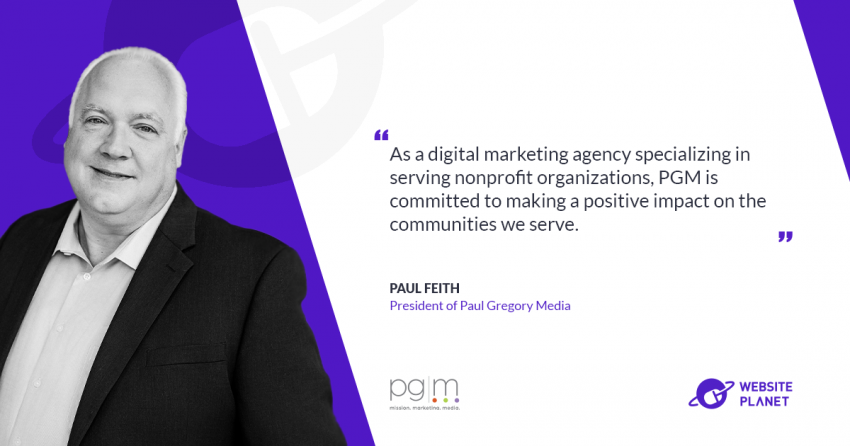In the dynamic world of digital product strategy and design, Marcelo Gluz’s journey with Outra Coisa is both inspiring and enlightening. Born out of a clear need for innovative UX and product design solutions, Outra Coisa quickly established itself as a leading force in the industry.
Initially a temporary name, the brand has grown to symbolize a fresh, interdisciplinary approach that avoids the pitfalls of traditional agencies. Over the past nine years, Outra Coisa has successfully executed over two hundred projects, partnering with industry giants like Google, Coca-Cola, and Nestlé, and consistently pushing the boundaries of what digital products can achieve.
In this interview with
Website Planet, Marcelo shares the story behind Outra Coisa’s inception and its unique mission.
What inspired the creation of Outra Coisa?
Outracoisa* was not precisely created. it imposed itself. When I left the Big Media World, there was a significantly suppressed demand for UX or Product Design. Initially, I was involved with founding early-stage startups and didn’t want to focus on service provision. In 2015, however, the need arose to create a separate Digital Product Strategy and Design team.
Very quickly, in the first few months, it became apparent how much the project would bring in terms of commercial success and intangible achievements.
Can you explain the concept behind your brand and its mission?
At first, Outracoisa* was a working title, supposed to be a temporary name. We never wanted to be an agency, as we believe that agencies don’t address the more profound issues of digital products, focusing on narratives rather than usefulness.
In contrast, good digital products create a stronger, more functional, and persistent connection with their users, requiring more lateral thinking, interdisciplinarity, and a comprehensive range of methodologies. So, whenever we discussed the company we were creating, we avoided the label agency, referring to it as “the other thing” (in Portuguese, outra coisa).
The lucky break is that the expression also revealed our vocation for innovation since it alludes to something else, something new that may be innovative and superior. Looking back over these nine years in the market, we understand that our mission is to approach problems in a less obvious way, bringing multiple perspectives and reaching less populated places through design and technology.
That’s how this temporary idea became a solid concept, piloting more than two hundred original and innovative projects with big-brand clients such as Google, Coca-Cola, Nestlé, ABInbev, and Globo.
What are some of the unique products and services you offer?
A typical Outracoisa* project involves research, strategic definition, functional and emotional design, development, and a cyclical process of measuring results and evolving the product. Most of our partners hire us to bring their products to the next level, a quantum leap. This type of engagement involves Digital Strategy and Product Design to transform their unique value proposition into a practical and magical user experience. If there’s a digital hell, it’s undoubtedly full of well-made products that end up being useless, because they focus on outputs and not actual outcomes.
We often say that our value lies in moving the needle on our clients’ businesses. This mindset makes us stand out in a market where agencies sell working hours and use techniques and processes that may look good in theory but don’t solve real problems. In addition to large companies, we work to get startup ideas off the ground or pivot their solution to achieve better results. Regardless of company size, the final deliverables can be platforms, apps, AI agents, portals, chatbots, or any product strategy that uses technology as a means – but never as an end in and of itself. We pride ourselves on that.
How do you ensure quality and sustainability in your products?
The first step is defining quality, which always depends on the context. In software development, quality is compliance with what was designed or defined. However, in design, quality is the level of connection achieved with people – whether functional or emotional – and therefore, it’s necessary to define KPIs to represent this connection.
Once the KPIs are defined, it’s essential to know the users well and make decisions based on their pain and needs. From there, we move into a more subjective and mysterious area that cannot be reached with facts and indicators alone. The people who use these digital products every day are not task machines. People’s feelings, memories, and the reasons that make them love or hate an experience are not 100% scientific. So, the most honest answer to ensuring quality and sustainability is the talent of our designers and product team. The skills we value most are also the rarest in the job market: The ability to communicate and collaborate effectively, critical thinking, refined aesthetic sense, and a rich cultural repertoire.
Can you share a success story or feedback from a satisfied customer?
When a company comes to us to solve a business issue, they often have an idea of possible solutions. They are looking for someone to carry these solutions out with excellence. In this second decade of this century, products look very similar, as if the digital space were the same monotonous landscape that repeats itself in templates and patterns. At Outracoisa*, we often say we like to “trust in distrust.” We ask the right questions to define the problem well and, together with our partners, imagine solutions that stand out from this landscape. Sometimes it’s similar to the original idea, sometimes it’s not. To illustrate this particular approach, I’ll bring some cases that are purposely different from each other.
Coca-Cola asked us to create a B2B platform for small retailers. After surveying the owners of these establishments, we understood that WhatsApp would be the best platform for placing orders and managing deliveries. Therefore, we created a sales chatbot to intelligently manage the product inventory.
Albert Einstein Hospital, perhaps the most renowned medical institution in Brazil, gave us the mission of improving the journey of patients undergoing procedures. Apart from specific issues, the service runs very well. However, we noticed a feeling of abandonment and insecurity on the day patients were discharged and returned home. Our solution was a virtual nurse who accompanied patients during every step towards normalizing life, providing more information and emotional support.
Globo, the largest media company in Latin America, hired us to bring G1, its news product, closer to young audiences, who are increasingly less interested in traditional content consumption. We noted that a significant portion of their young adult audience was especially concerned about college admission exams. Since these exams often involve questions and essays on current events, we built an app that matched the news with studying activities and kept it fun.
Rock in Rio is the largest music festival in Brazil and reaches massive audiences worldwide. They invited us to design the website for one of their editions, and we came back with a digital platform that keeps fans perpetually engaged with music-related content and allows them to publish different versions for different festival editions. Since then, the Rock in Rio team has used the platform for six editions.
What are your future plans for expanding or evolving Outra Coisa?
As of last year, our main objective has been to internationalize our operations and help our clients absorb artificial intelligence into their businesses, not only to increase efficiency but also to enable products that have a more significant impact on the lives of their users. Today, our client portfolio includes major multinational companies such as Google, ABInbev, and Coca-Cola and promising US-based startups such as Chordia.ai. Our plan is to expand the client portfolio beyond Latin America, maintaining the same philosophy, craft, and excellence.
Find out more at:
www.outracoisa.co/
